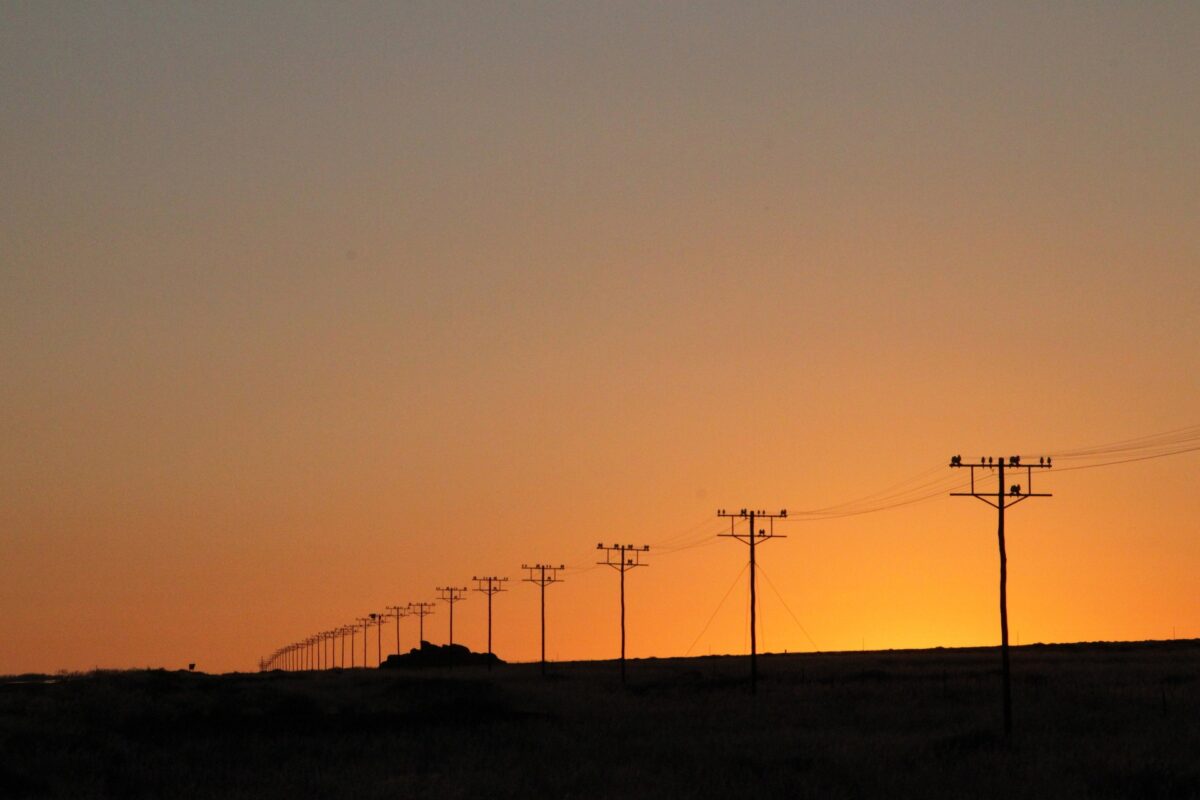Mauritania has secured a total of $289.5 million to develop two solar power generation and transmission projects.
The lion’s share of the funds will go toward a recently approved 225 kV electricity interconnection linking Mauritania to Mali as part of the Desert to Power Initiative. It is being financed by a $272 million loan from the African Development Bank, alongside a $1.5 million grant from the Green Climate Fund.
The second project, Rural Areas Sustainable Development for Productive and Energy Investments (RIMDIR), has received a $16 million grant from the Sustainable Energy Fund for Africa (SEFA). RIMDIR will improve access to electricity in 40 localities across southeastern Mauritania through the installation of hybrid mini PV plants and the construction of connecting lines to link the power plants to the villages.
“There can be no sustainable, diversified economic growth without high-quality, reliable electricity that is accessible to all,” said Abdelssalam Mohamed Saleh, Mauritania's minister of economy and sustainable development. “Within this framework, the government has drawn up ambitious programs seeking to guarantee access to electricity for all citizens by 2030, and this requires the optimal exploitation of the energy sources available in the country, to which this financing from the African Development Bank will contribute.”
Popular content
In November, Denmark's GreenGo launched the Megaton Moon project in Mauritania, a 60 GW solar-wind power installation combined with 35 GW of green hydrogen production. It will be built in several stages, with the first pilot phase being expected to be finalized in 2028.
This content is protected by copyright and may not be reused. If you want to cooperate with us and would like to reuse some of our content, please contact: editors@pv-magazine.com.


4 comments
By submitting this form you agree to pv magazine using your data for the purposes of publishing your comment.
Your personal data will only be disclosed or otherwise transmitted to third parties for the purposes of spam filtering or if this is necessary for technical maintenance of the website. Any other transfer to third parties will not take place unless this is justified on the basis of applicable data protection regulations or if pv magazine is legally obliged to do so.
You may revoke this consent at any time with effect for the future, in which case your personal data will be deleted immediately. Otherwise, your data will be deleted if pv magazine has processed your request or the purpose of data storage is fulfilled.
Further information on data privacy can be found in our Data Protection Policy.